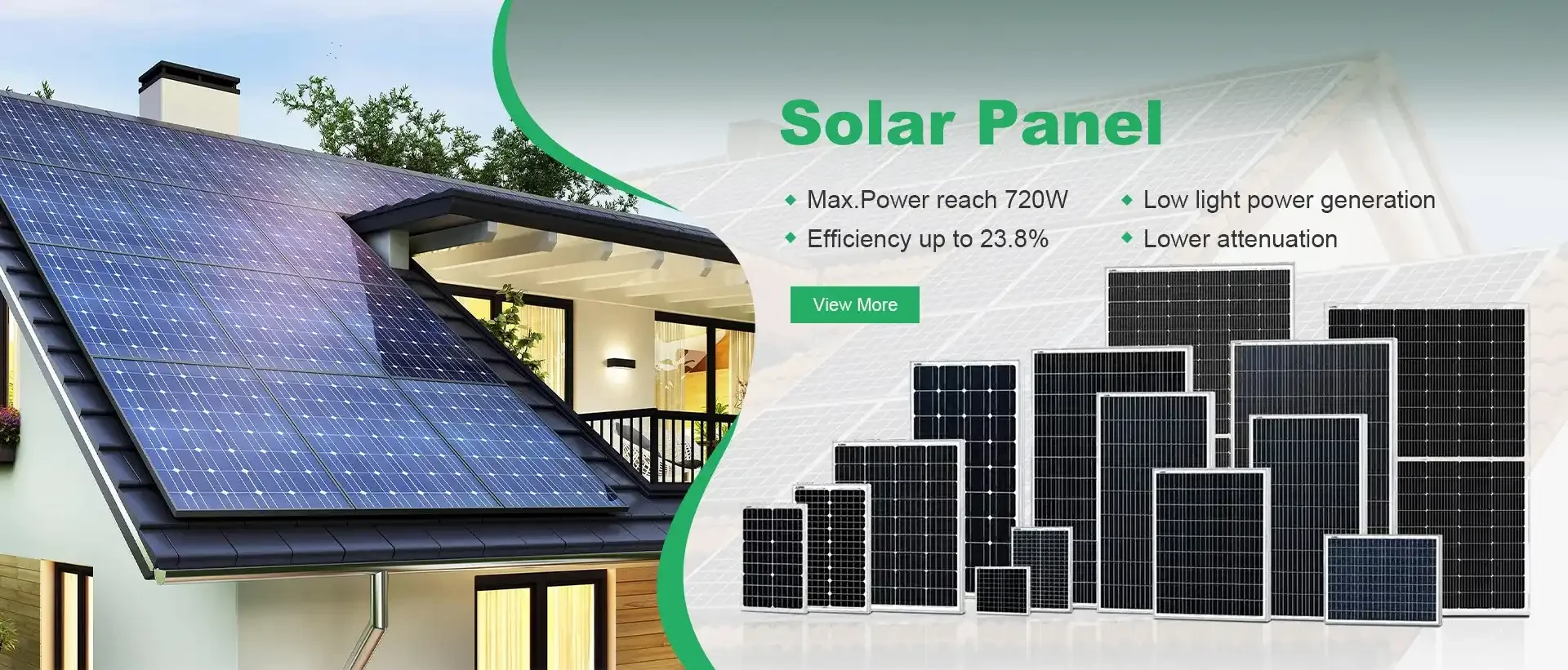hybrid inverter settings
Understanding Hybrid Inverter Settings A Comprehensive Guide
The increasing reliance on renewable energy sources has led to the proliferation of hybrid inverters. These devices play a pivotal role in integrating various forms of energy, such as solar, wind, and battery storage, into a cohesive power system. A well-configured hybrid inverter not only enhances energy efficiency but also optimizes system performance. In this article, we will delve into the key settings of hybrid inverters and their significance for both residential and commercial energy users.
What is a Hybrid Inverter?
Before exploring the settings, it's essential to understand what a hybrid inverter is. A hybrid inverter is a device that can manage power from multiple sources—typically solar panels, the grid, and battery storage. This capability allows users to maximize their self-consumption of renewable energy while maintaining a reliable power supply even during outages.
Key Settings in Hybrid Inverter Configuration
1. Input Source Priority One of the most critical settings in a hybrid inverter is the input source priority. This setting determines the order in which energy sources are utilized. For instance, you might configure the inverter to prioritize solar energy, followed by battery storage, and finally grid power. This approach maximizes the use of renewable energy while reducing dependency on the grid.
2. Battery Charge/Discharge Settings Optimizing battery usage is another vital aspect of hybrid inverter settings. Users can set parameters for when the battery should charge and discharge. For example, you can configure the inverter to charge the battery during off-peak hours when electricity rates are lower and discharge during peak hours to maximize savings. Additionally, users can set thresholds to prevent the battery from discharging below a certain level, ensuring longevity and operational reliability.
hybrid inverter settings

3. Grid Interaction Settings Hybrid inverters can operate in various modes regarding grid interaction. Users can adjust the settings to allow for grid-tied or off-grid operations. In grid-tied mode, the inverter will feed excess generated power back to the grid, often through net metering arrangements. In contrast, off-grid operation is essential in remote locations where the grid is inaccessible. Users must carefully configure these settings based on their specific electricity needs and local regulations.
4. Load Management Settings Effective load management is crucial in any energy system. A hybrid inverter often comes with settings that allow users to directly manage which appliances can draw power and when. Users can configure priority levels for specific loads to ensure that critical appliances receive power even during low production periods. Settings can also allow for intelligent load shedding, where non-essential loads are temporarily disconnected during peak usage times.
5. System Monitoring and Alerts Most modern hybrid inverters come equipped with advanced monitoring capabilities. Users can configure alerts for various system parameters, such as battery health, energy production, and system faults. Monitoring settings provide real-time data, enabling users to make informed decisions about their energy usage and spot potential issues before they escalate.
6. Firmware and Software Updates Keeping the inverter's firmware up-to-date is essential for optimal performance and security. Users should check for available updates regularly and configure their inverter to download and install these updates automatically when connected to the internet. Updated firmware often includes bug fixes, performance enhancements, and new features that can improve the overall functionality of the inverter.
7. Safety Settings Safety is paramount when dealing with electricity. Most hybrid inverters come with several safety features, such as overload protection, short circuit protection, and temperature monitoring. Users should familiarize themselves with these settings and ensure that they are appropriately configured to protect both the system and home appliances.
Conclusion
The settings of a hybrid inverter significantly influence its performance and the overall effectiveness of a renewable energy system. By carefully configuring these settings, users can maximize energy efficiency, ensure essential loads receive power, and optimize their overall energy costs. As the world continues to transition toward sustainable energy solutions, understanding and utilizing hybrid inverter settings will become increasingly important for homeowners and businesses alike. With the right configurations, hybrid inverters can transform how we produce and consume energy, promoting a greener future.
-
Unlocking Energy Freedom with the Off Grid Solar InverterNewsJun.06,2025
-
Unlock More Solar Power with a High-Efficiency Bifacial Solar PanelNewsJun.06,2025
-
Power Your Future with High-Efficiency Monocrystalline Solar PanelsNewsJun.06,2025
-
Next-Gen Solar Power Starts with Micro Solar InvertersNewsJun.06,2025
-
Harnessing Peak Efficiency with the On Grid Solar InverterNewsJun.06,2025
-
Discover Unmatched Efficiency with the Latest String Solar InverterNewsJun.06,2025







